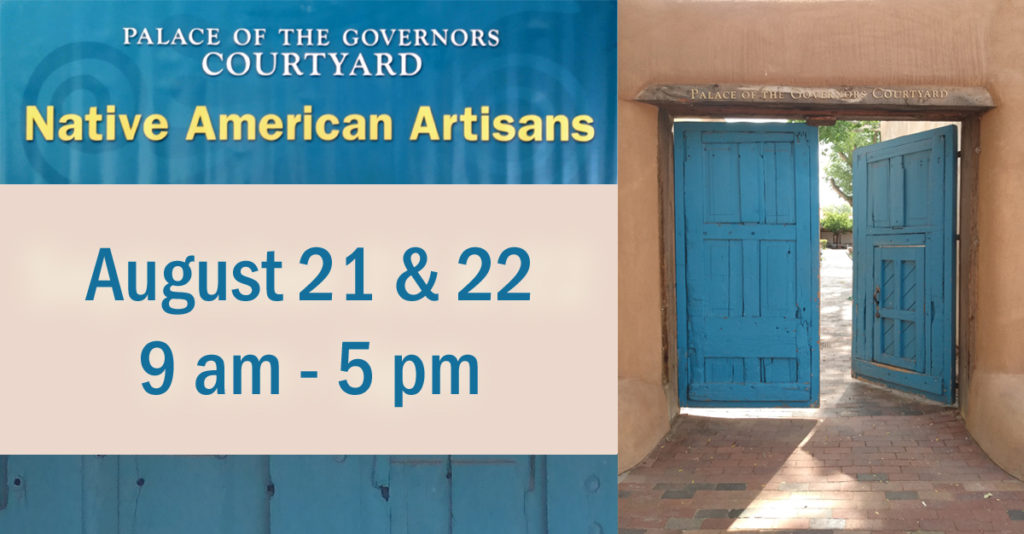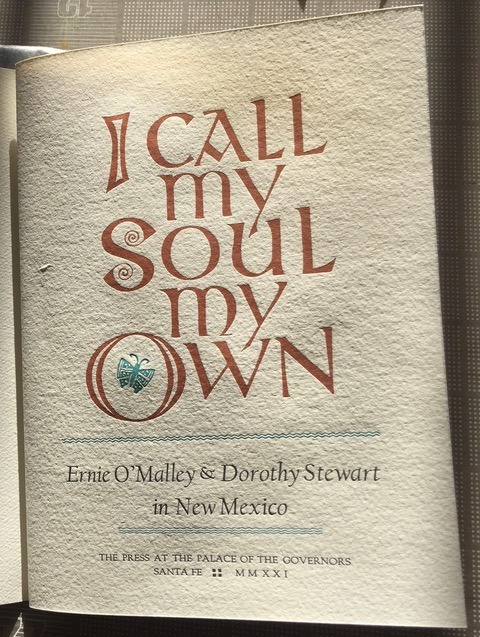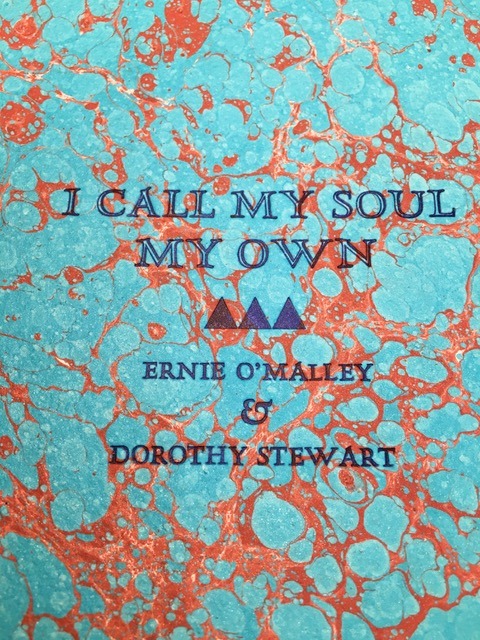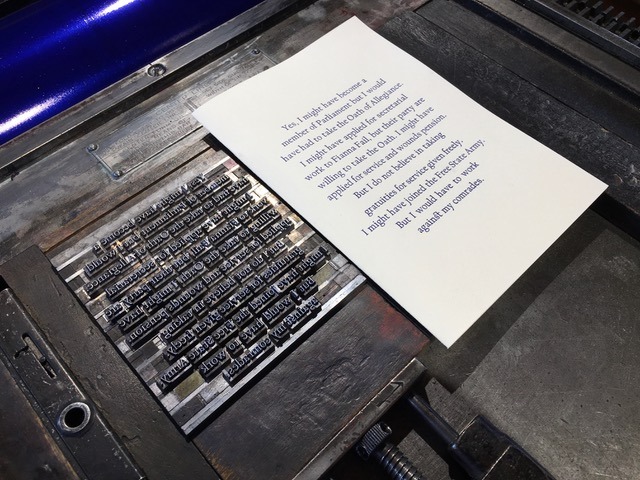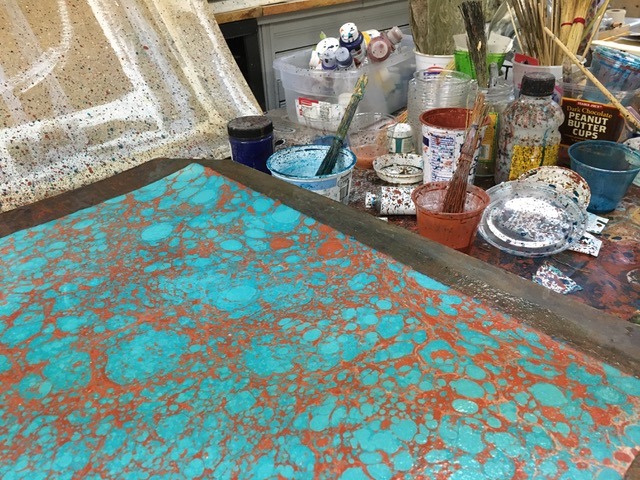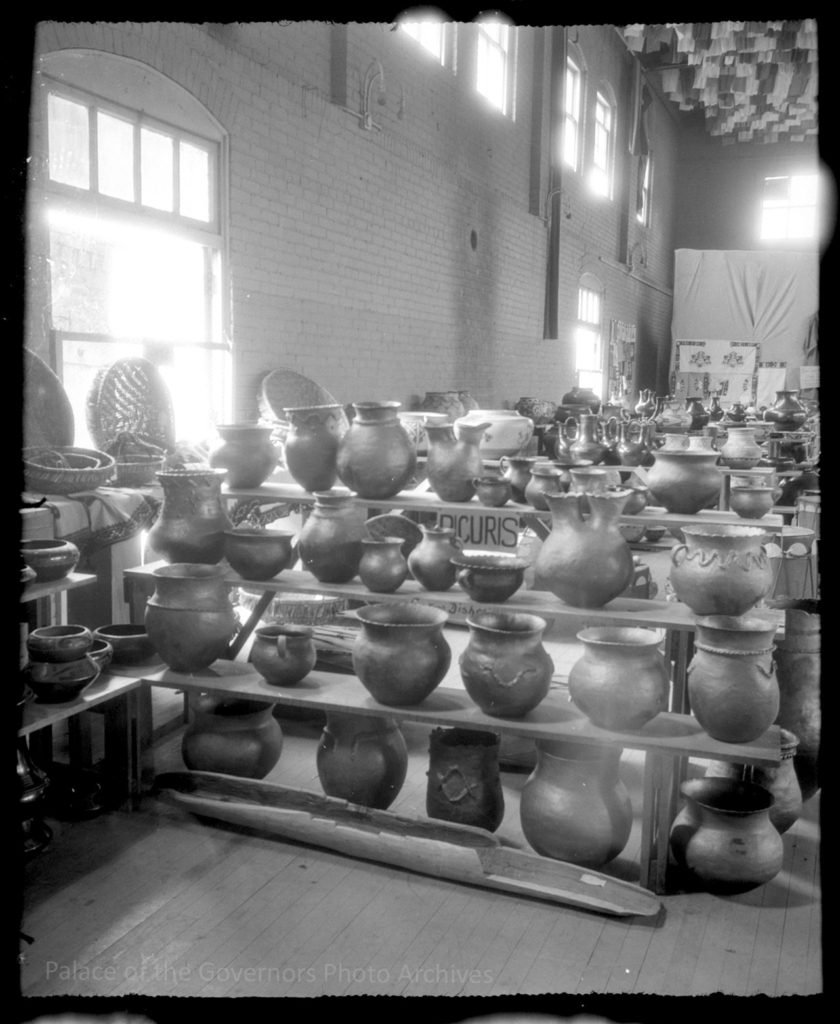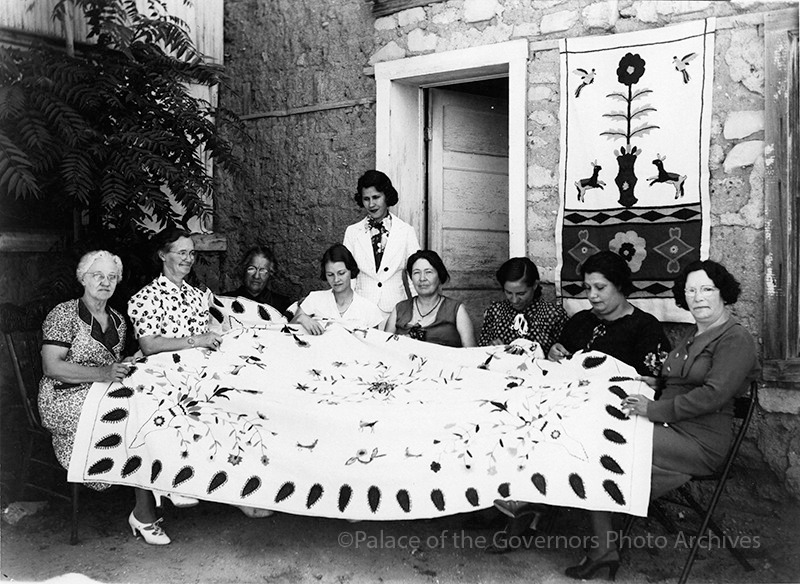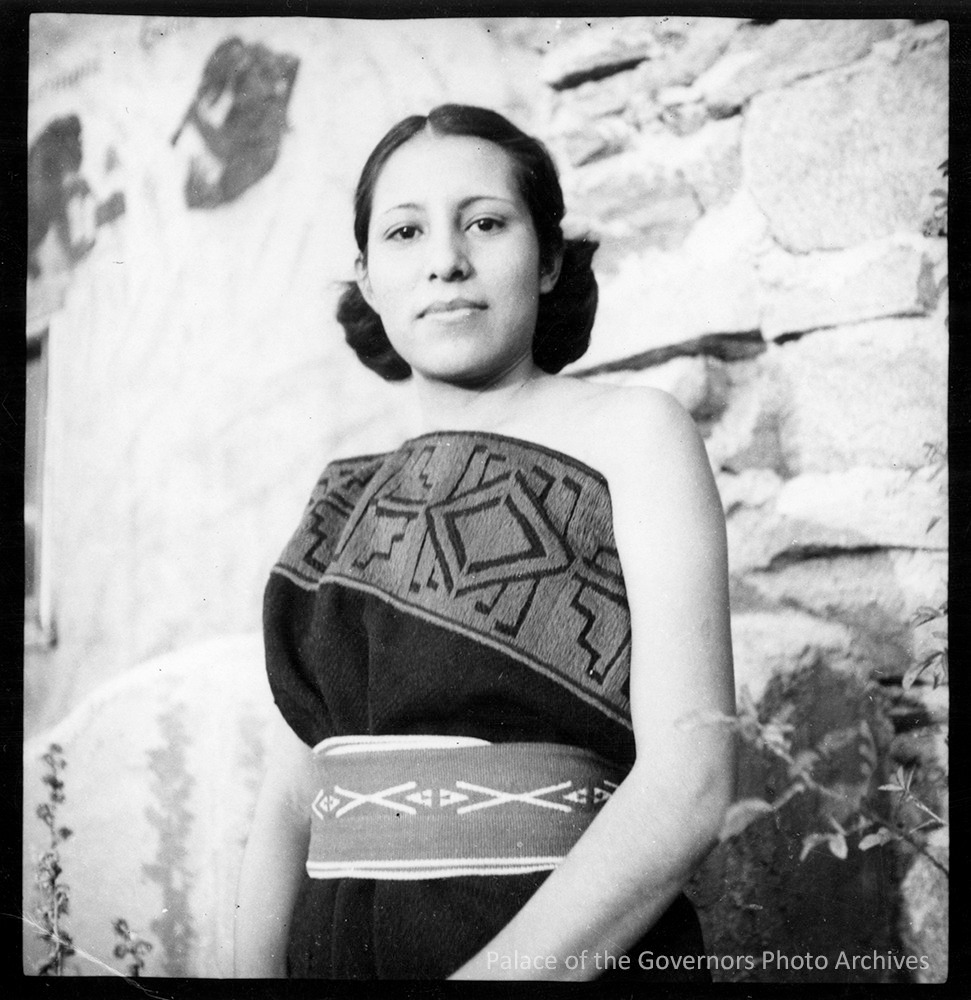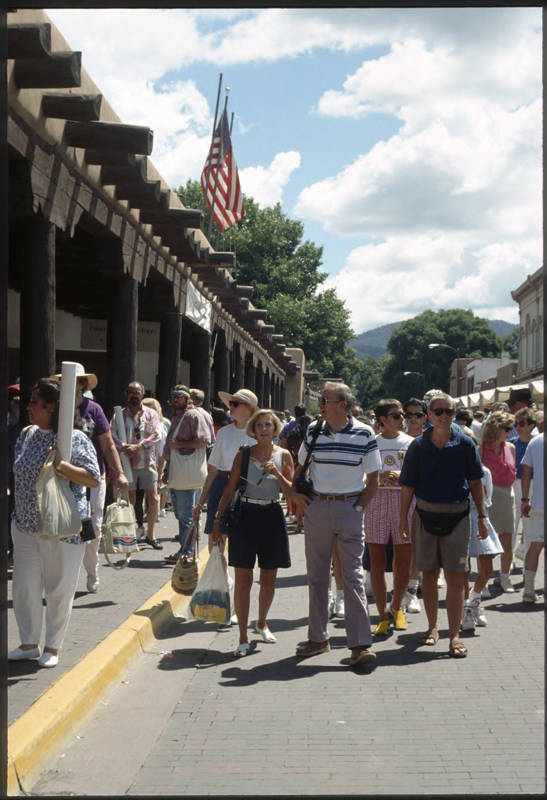|

Where ancient artifacts meet cutting-edge art
Welcome to the latest installment of our media-release series, “Telling New Mexico: Stories from Then and Now.” See the links below for previous releases, along with information about obtaining photographs to accompany your coverage.

“Green Fragment” – Kumi Yamashita

Fragments, 40 Resin Casts
Kumi Yamashita

Kumi Yamashita At Her Studio

“Rio Grende Colcha” – Paula Castillo |
Santa Fe, NM – A 20-foot metal sculpture crawls along an exterior wall, mimicking the life-giving Rio Grande. Inside, a magical mix of sculpted resin and strategic spotlights turns apparently mundane objects into an amazing array of shadows.
Cutting-edge contemporary art in the nation’s newest history museum? It could only happen in New Mexico, where artistic traditions have had millennia to grow deep roots and produce the sweetest of fruit.
Besides honoring more than 400 years of cultural interactions, the New Mexico History Museum, opening May 24, is delighted to include works by Kumi Yamashita and Paula Castillo in its permanent collection and on public display. Their intriguing creations come courtesy of the 1% for the Arts initiative, also called the Art in Public Places Program.
The artists began installing their works this week and are available for interviews and photographs.
Started in 1986 as a way to keep the arts alive and present, the Art in Public Places Program requires a 1 percent set-aside in every public building budget of more than $100,000 for cities, counties and the state. The money is used to acquire public art to display in, on, or around the building.
At a time when public funding for cultural endeavors is at risk, the program provides a stream of revenue that helps enrich our citizens’ lives while supporting artists and craftspeople. It echoes the WPA initiatives of the Depression era, when artists’ and craftspeople’s paintings, furniture and architecture achieved a pinnacle that stands today. The New Mexico History Museum is proud to continue in that tradition by working with artists who are crafting their own interpretations of what it means to be in New Mexico.
Kumi Yamashita works heavily with light and shadow in ways that defy description. (A video of her displaying a few of her pieces on a Japanese TV show, http://www.youtube.com/watch?v=ulzyrV8IjE0, has been a regular You Tube sensation.) She’s crafting two pieces for the Museum’s second-floor interior:
- Fragments consists of 40 cast-resin tiles arrayed in an oval shape. Though they appear to simply be colored blocks, when lit, they reveal the shadows of human faces – actual New Mexicans, whose photographs she took on a statewide tour.
- Untitled begins with a simple frame in the shape of New Mexico. When lit, it casts the shadow of a man sitting on the southern border while gazing at the stars.
“One of the issues I focus on is the boundary we create within ourselves by categorizing the world,” Yamashita says. “Through my work, I wish to remind ourselves of how we preconceive what is around and inside us. Knowledge, ideas, and values are too often accepted without questioning. Can we find a way to evaporate ourselves from a pond and condensate over an ocean? Can we see a common thread that connects all things?”
Yamashita has been a visiting artist and guest lecturer at universities and academies in the United States, Turkey, Mexico, the United Kingdom and Japan, and has received residencies such as the Roswell Artist in Residence Program, the Bemis Center for Contemporary Art, the Millay Colony, the Aomori International Art Center and the Border Art Residency in New Mexico. Her work is on permanent display in public spaces in Seattle, Osaka, Hokkaido, and Tokyo and is a part of museum collections in Boise, Idaho and Shimane.
Paula Castillo is a well-known, native New Mexican artist, based in Cordova. She frequently works with discarded pieces from industrial metal fabrication processes and is preparing four works for the Museum’s exterior:
- A set of benches sculpted to resemble the mountains of New Mexico, will be placed to the left of the Museum’s main entrance at 113 Lincoln Ave.
- On the west face of the Museum, Dos Arboles, Dos Hermanas (Two Trees, Two Sisters) will begin at ground level, then climb 32 feet high, cresting the roofline of the Museum.
- Rio Grande Colcha, an image of the Rio Grande and all of her tributaries in a colcha, or traditional Spanish embroidery, design, will span 20 feet across the west face of the museum.
- On the wall of Museum’s second-story patio terrace, Castillo will craft an excerpt from the Nambe Pueblo Tewa poem, “My home over there, Now I remember it.”
Collectively, the pieces reference mountains, trees, rivers and homes – a simple yet profound way to understand the connection between the natural world and the cultural history of New Mexico. Castillo says she intends to introduce visitors to the always contingent, personal and human-scaled history of New Mexico.
“For me, form is complex and adaptable with all of its hundreds of fluid and solid systems: regional watersheds, train sounds, star flows, off the interstate, waving at someone,” she says. ”Like hydrogen attaching to oxygen in a flowing hexagonal movement or a group of people laughing at an absent minded gesture, I see form as alive and emerging from itself in an easy flash.”
Using art to help tell the story of the people who were and are the fabric of New Mexico was only natural. Dr. Frances Levine, director of the New Mexico History Museum, notes that art has been, and continues to be, a vital part of the state’s culture.
“Artistic expression has played an important role in New Mexico’s culture from its earliest days,” Dr. Levine says. “From Native American pottery and weavings through Spanish devotional objects of colonial life, to the Taos Artists and WPA craftspeople. Our collections at the New Mexico History Museum celebrate those traditions, and their roots continue to bear fruit today. The works of Paula and Kumi help us connect the Museum to this longer artistic history. We are pleased that these works relate to our history and to the present.”
Loie Fecteau, executive director of New Mexico Arts, the agency that oversees the 1 Percent for the Arts program, calls public art “the most democratic of all the art forms because it really does belong to all of us.”
“New Mexico has long been recognized as having one of the strongest and most innovative public art programs in the country, which I think is really fitting given the historical importance of the arts in our state and the way the arts are treasured and embedded in our many diverse cultures,” Fecteau says. “Our Legislature is really to be commended for having the foresight to create our state 1 percent for public art program more than 40 years ago,” Fecteau said.
Fecteau notes that the program has placed more than 2,200 pieces across New Mexico in each of the state’s 33 counties.
Art is a subjective media; it allows the viewer to take what they will from it, to draw their own conclusions. In the same way, the New Mexico History Museum sets out to allow visitors the opportunity to decide for themselves what “really” happened. Create your own place in history. Get into it! Join us at the grand opening of the New Mexico History Museum, www.nmhistorymuseum.org/, on May 24, 2009.
For more information about the New Mexico History Museum, including a selection of user-ready high-resolution photographs, log onto http://media.museumofnewmexico.org/nmhm. More than 8,000 additional, high-resolution photographs illustrating the history of New Mexico are available by keyword search at www.palaceofthegovernors.org (click on “Photo Archives” then on “Digitized Collections”). Most requests for scans from this site can be delivered the same day, and usage is free for publicity purposes only.
Previous releases:
The Tiffany Ties that Bind
The Railroad Wars
The New Face of History
The Tales that Made the American West
New Mexico History Museum’s Core Exhibits
Telling the People’s Stories: A Message from the Director
Creating a Place for Our Past, by Dr. Frances Levine, El Palacio, Summer 2006
Other Sites:
NM History Museum on Twitter
NM History Museum on Facebook
For media inquiries, please contact:
Kate Nelson
New Mexico History Museum
505 476 1141
Kate.Nelson@state.nm.us
www.nmhistorymuseum.org
Rachel Mason
Ballantines PR
Rachel@ballantinespr.com
505 216 0889
www.ballantinespr.com
|
